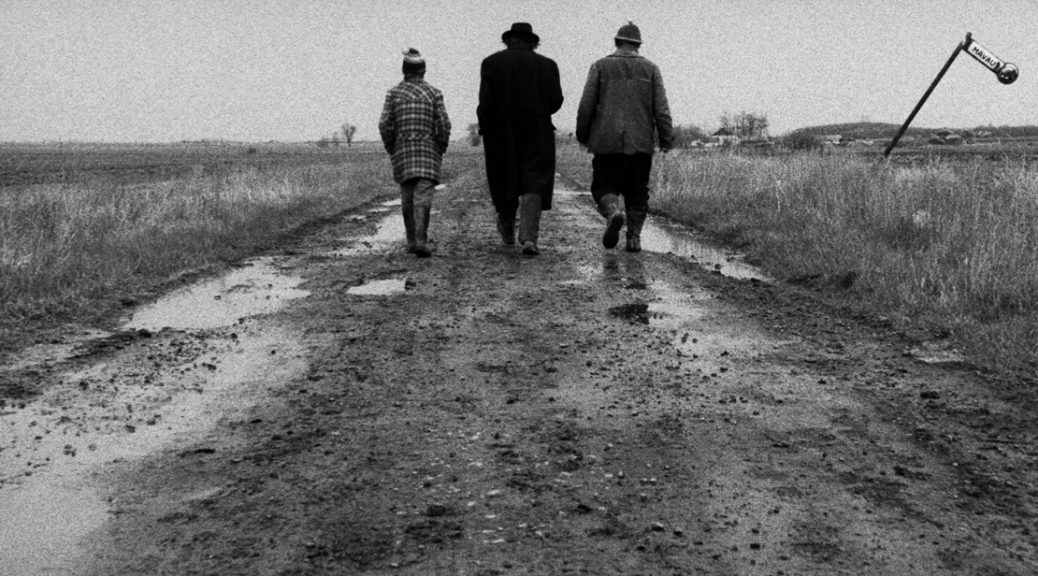My journey through cinema has been one from the back to the front of the theater. At the outset of my cinephilia, I saw films more or less as puzzles to be solved, ciphers to be decoded, problems to be figured out. I would watch a film, then desperately search for that one key text that opened the lock to the secret at the heart of the film, the correct solution that showed me what it was all “about.” Later down the line, after reading—and misunderstanding—some Bordwell-Thompson, I was convinced that there is a science to film analysis, one which is objective and quantifiable in every way: through which you could show with hard evidence why a certain film is a great work. As the years passed by, I saw films that defied a straightforward shot-by-shot analysis, films that broke down the strict logic of my simplistic evaluation system. My math-oriented mind had to be rewired. These were films that not only required their own systems of evaluation but their own ways of seeing: works by filmmakers as disparate as Straub-Huillet, Le Grice, von Sternberg, Marker, Cassavetes. At the same time, I gradually became more interested in the sensory and bodily experience of watching films.
Read the full text here.
